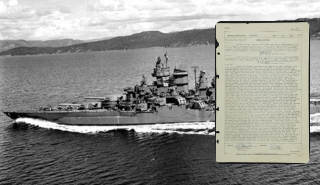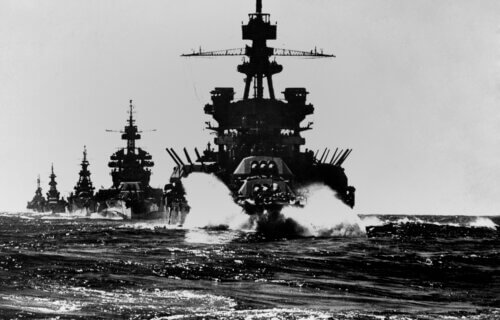READING, United Kingdom — Weather data that survived the devastating attack on Pearl Harbor will soon help scientists studying climate change, according to researchers.
On Dec. 7, 1941, a surprise attack by Japanese forces led to the deaths of over 2,000 U.S. military personnel and civilians. This event marked the United States’ entry into World War II. Despite the substantial damage, some ships like the USS Pennsylvania and the USS Tennessee were repaired and put back into service. During the war, U.S. naval servicemen continued their daily duties, which included recording weather data.
Now, researchers have gathered weather data from 19 U.S. Navy ships that were stationed in Hawaii between 1941 and 1945. The data collection was made possible because thanks to more than 4,000 volunteers who helped transcribe over 28,000 logbook images.
“Disruptions to trade routes in World War II led to a significant reduction in marine weather observations,” says Dr. Praveen Teleti, the lead researcher from the University of Reading, in a media release. “Until recently, records from that time were still only available in classified paper documents.”

The new dataset contains more than 630,000 records with over three million individual observations. This information will help to verify if the World War II years were genuinely warmer than usual, as previous studies have suggested. Additionally, the data will fill gaps in existing climate records, providing a more accurate picture of climate change over the last century.
“The scanning and rescuing of this data provides a window into the past, allowing us to understand how the world’s climate was behaving during a time of tremendous upheaval,” says Dr. Teleti.
The study also notes how the practices of weather observation changed due to the conditions of war. More observations were made during the daytime to avoid detection by enemy ships, potentially leading to slightly warmer temperature recordings. In concluding remarks, Dr. Teleti paid tribute to the servicemen who recorded the invaluable data under wartime conditions.
“It is thanks to their dedication and determination that we have these observations 80 years on.”
The findings are published in the Geoscience Data Journal.
You might also be interested in:
- Best World War II Books: Top 5 Titles Most Recommended By Experts
- First U.S. Navy ship sunk by the enemy in World War I is finally found, ending 105-year mystery
- Climate change is speeding up extinction rates in the United States
South West News Service writer Stephen Beech contributed to this report.

